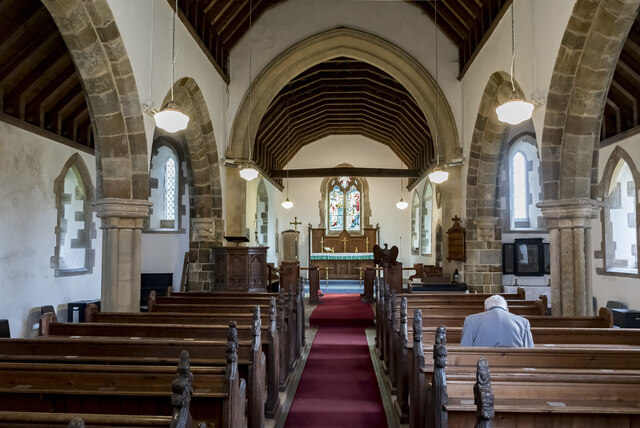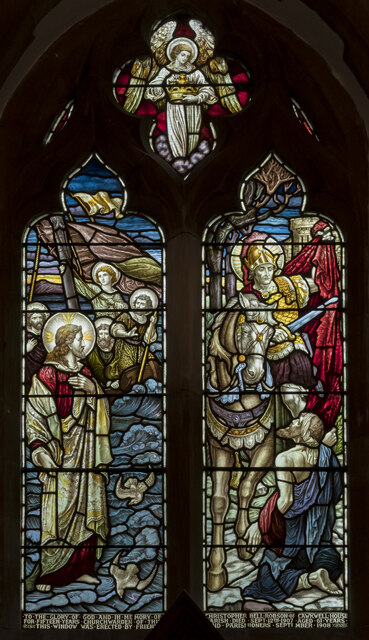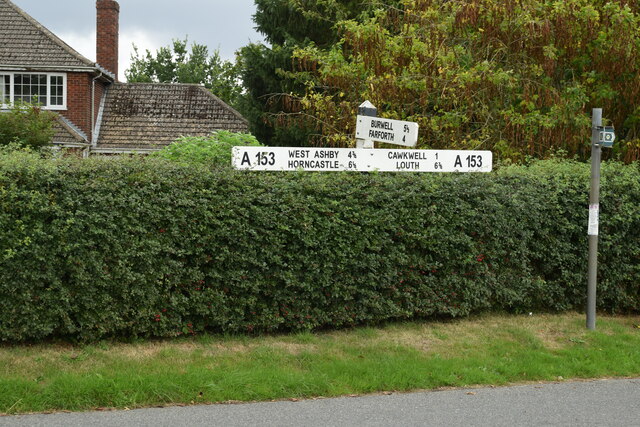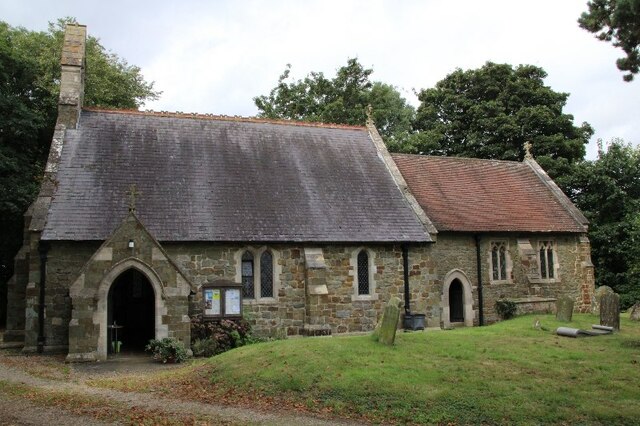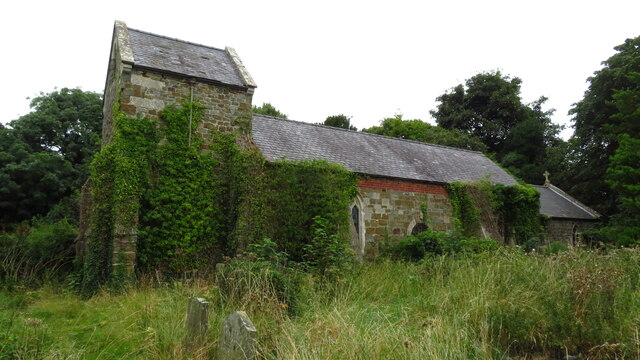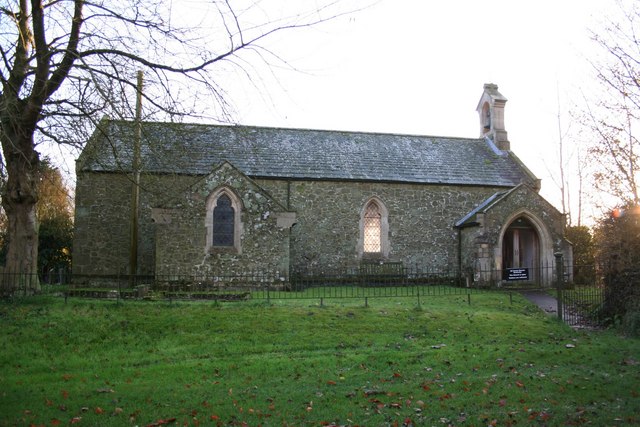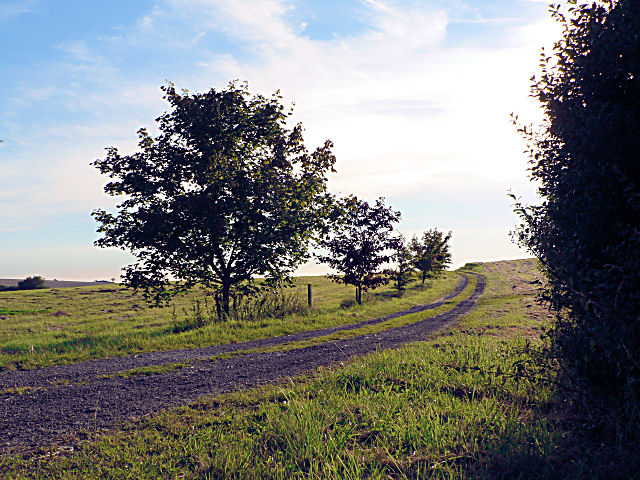Asterby
Settlement in Lincolnshire East Lindsey
England
Asterby
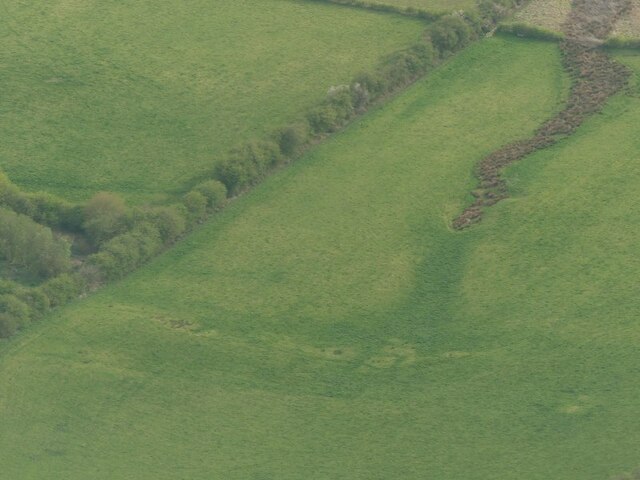
Asterby is a small village located in the East Lindsey district of Lincolnshire, England. Situated about 4 miles northeast of Horncastle, the village is surrounded by picturesque countryside, offering its residents and visitors a tranquil and idyllic setting.
With a population of around 200 people, Asterby is a close-knit community that prides itself on its rich history and heritage. The village dates back to at least the 11th century, and evidence of its past can still be seen in the form of historic buildings and landmarks. The Grade II listed St. Peter's Church is a prominent feature in the village, boasting a Norman tower and stunning stained glass windows.
The village is primarily residential, with a mix of traditional cottages and more modern houses. There are no shops or amenities within Asterby itself, but nearby towns like Horncastle provide all the necessary facilities for daily needs. The lack of commercial activity contributes to the village's peaceful and serene atmosphere, making it an ideal place for those seeking a quiet and rural lifestyle.
Asterby is also a popular destination for nature enthusiasts and outdoor lovers. The surrounding countryside offers ample opportunities for walking, cycling, and exploring the beautiful Lincolnshire Wolds, an Area of Outstanding Natural Beauty. The village is well-connected to the wider region, with good road links to Lincoln, Grimsby, and the nearby coastal towns.
Overall, Asterby's charm lies in its unspoiled rural character, rich history, and its role as a gateway to the stunning Lincolnshire Wolds.
If you have any feedback on the listing, please let us know in the comments section below.
Asterby Images
Images are sourced within 2km of 53.289295/-0.105448 or Grid Reference TF2678. Thanks to Geograph Open Source API. All images are credited.
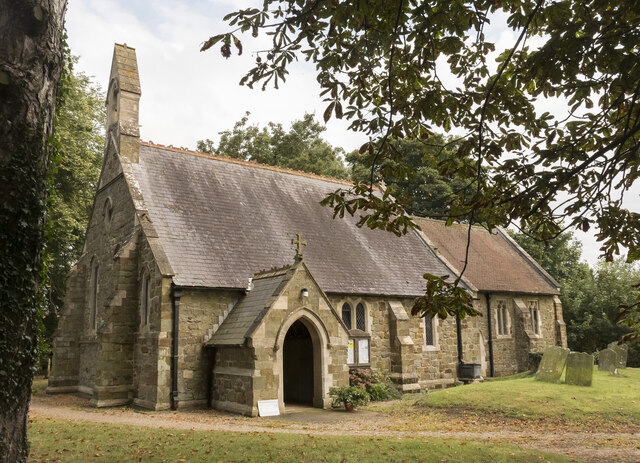
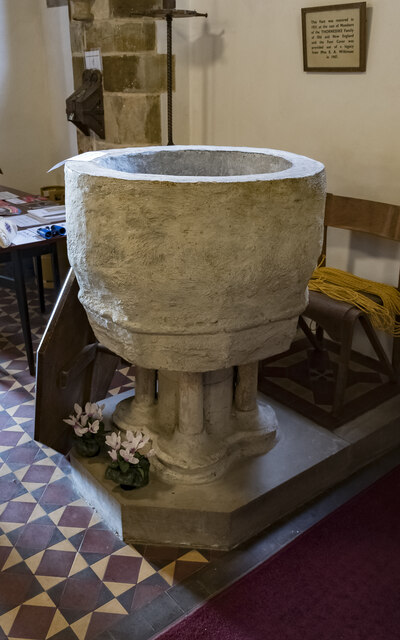
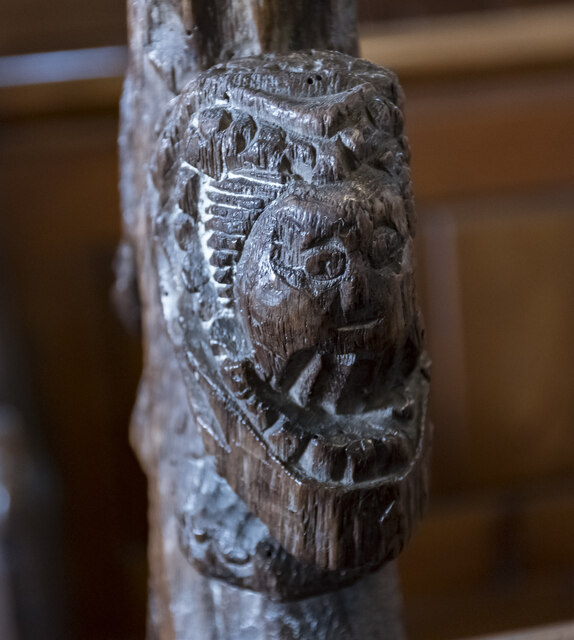
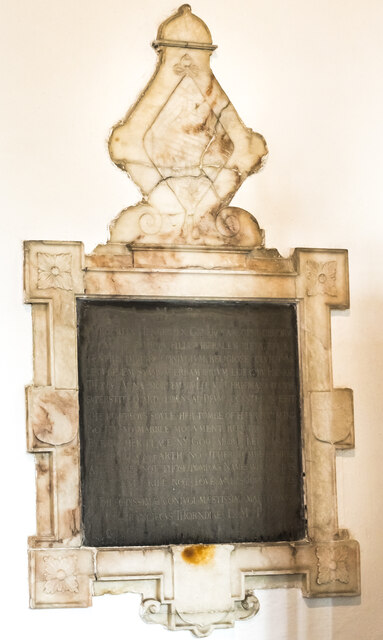
Asterby is located at Grid Ref: TF2678 (Lat: 53.289295, Lng: -0.105448)
Division: Parts of Lindsey
Administrative County: Lincolnshire
District: East Lindsey
Police Authority: Lincolnshire
What 3 Words
///wacky.handsets.surging. Near Horncastle, Lincolnshire
Nearby Locations
Related Wikis
Asterby
Asterby is a hamlet between Goulceby and Scamblesby, west of Louth, in the East Lindsey district of Lincolnshire, England. The civil parish of Asterby...
Goulceby
Goulceby ( GOLSS-bee) is a village and civil parish in the East Lindsey district of Lincolnshire, England. It is situated 7 miles (11 km) south-west from...
Scamblesby
Scamblesby is a village and civil parish in the East Lindsey district from Lincolnshire, England. It is situated 6 miles (10 km) south-west from Louth...
Cawkwell
Cawkwell is a hamlet and former civil parish, now in the parish of Scamblesby, in the East Lindsey district of Lincolnshire, England. It is situated approximately...
Nearby Amenities
Located within 500m of 53.289295,-0.105448Have you been to Asterby?
Leave your review of Asterby below (or comments, questions and feedback).




